How Did the South Grow a Reason for Slaves Again
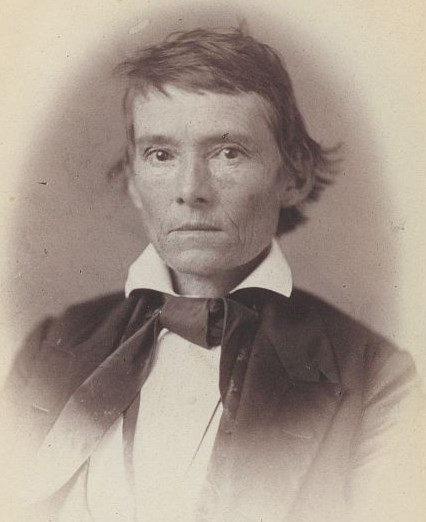
Library of Congress
The role of slavery in bringing on the Civil War has been hotly debated for decades. One important way of approaching the consequence is to expect at what contemporary observers had to say. In March 1861, Alexander Stephens, vice president of the Amalgamated States of America, gave his view:
The new [Confederate] constitution has put at remainder, forever, all the agitating questions relating to our peculiar institution — African slavery equally it exists amongst us — the proper status of the negro in our form of civilization. This was the firsthand cause of the late rupture and present revolution . . . The prevailing ideas entertained by . . . most of the leading statesmen at the time of the formation of the one-time constitution, were that the enslavement of the African was violation of the laws of nature; that information technology was wrong in principle, socially, morally, and politically. . . Those ideas, withal, were fundamentally wrong. They rested upon the assumption of . . . the equality of races. This was an error . . .
Our new regime is founded upon exactly the opposite idea; its foundations are laid, its corner–stone rests upon the great truth, that the negro is non equal to the white man; that slavery — subordination to the superior race — is his natural and normal condition.
— Alexander H. Stephens, March 21, 1861, reported in the Savannah Republican, emphasis in the original
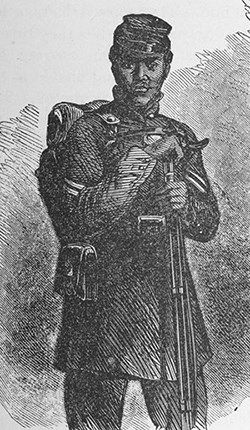
New York Public Library Digital Collections
Today, nigh professional historians hold with Stephens that slavery and the status of African Americans were at the heart o the crisis that plunged the U.Southward. into a civil war from 1861 to 1865. That is not to say that the average Confederate soldier fought to preserve slavery or that the North went to war to end slavery. Soldiers fight for many reasons — notably to stay alive and support their comrades in arms — and the Due north's goal in the beginning was preservation of the Union, non emancipation. For the 200,000 African Americans who ultimately served the U.Due south. in the war, emancipation was the primary aim.
The roots of the crisis over slavery that gripped the nation in 1860–1861 go back to the nation's founding. European settlers brought a organisation of slavery with them to the western hemisphere in the 1500s. Unable to find inexpensive labor from other sources, white settlers increasingly turned to slaves imported from Africa. By the early 1700s in British North America, slavery meant African slavery. Southern plantations using slave labor produced the smashing export crops — tobacco, rice, forest products, and indigo — that made the American colonies profitable. Many Northern merchants fabricated their fortunes either in the slave trade or by exporting the products of slave labor. African slavery was cardinal to the development of British North America.
Although slavery existed in all 13 colonies at the start of the American Revolution in 1775, a number of Americans (especially those of African descent) sensed the contradiction between the Declaration of Independence's ringing merits of human being equality and the existence of slavery. Reacting to that contradiction, the Northern states decided to phase out slavery following the Revolution. The time to come of slavery in the South was debated, and some held out the hope that information technology would eventually disappear in that location likewise.
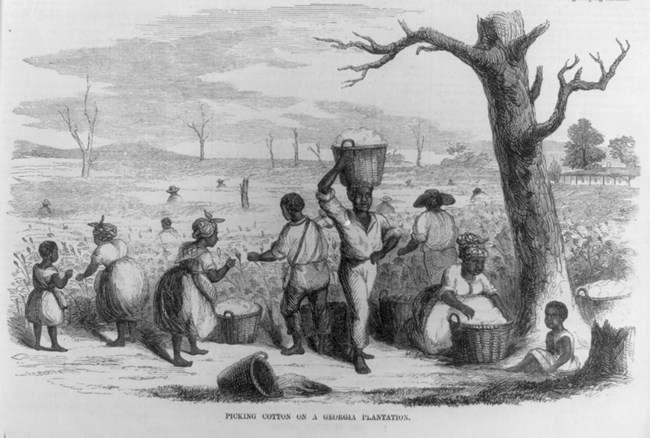
Library of Congress
When the U.S. Constitution was written in 1787, however, the interests of slaveholders and those who profited from slavery could not be ignored. Although slaves could not vote, white Southerners argued that slave labor contributed greatly to the nation's wealth. The Constitution therefore gave representation in the Congress and the electoral college for 3/5ths of every slave (the three/5ths clause). The clause gave the South a office in the national regime far greater than representation based on its free population alone would take given it. The Constitution too provided for a fugitive slave police and made 1807 the earliest year that Congress could act to end the importation of slaves from Africa.
The Constitution left many questions near slavery unanswered, in detail, the question of slavery'due south condition in whatever new territory acquired by the U.S. The failure to deal forthrightly and comprehensively with slavery in the Constitution guaranteed future conflict over the consequence. All realistic promise that slavery might eventually die out in the South ended when world need for cotton wool exploded in the early 1800s. Past 1840, cotton wool produced in the American South earned more than coin than all other U.Due south. exports combined. White Southerners came to believe that cotton could exist grown on with slave labor. Over time, many took for granted that their prosperity, even their way of life, was inseparable from Africa slavery.
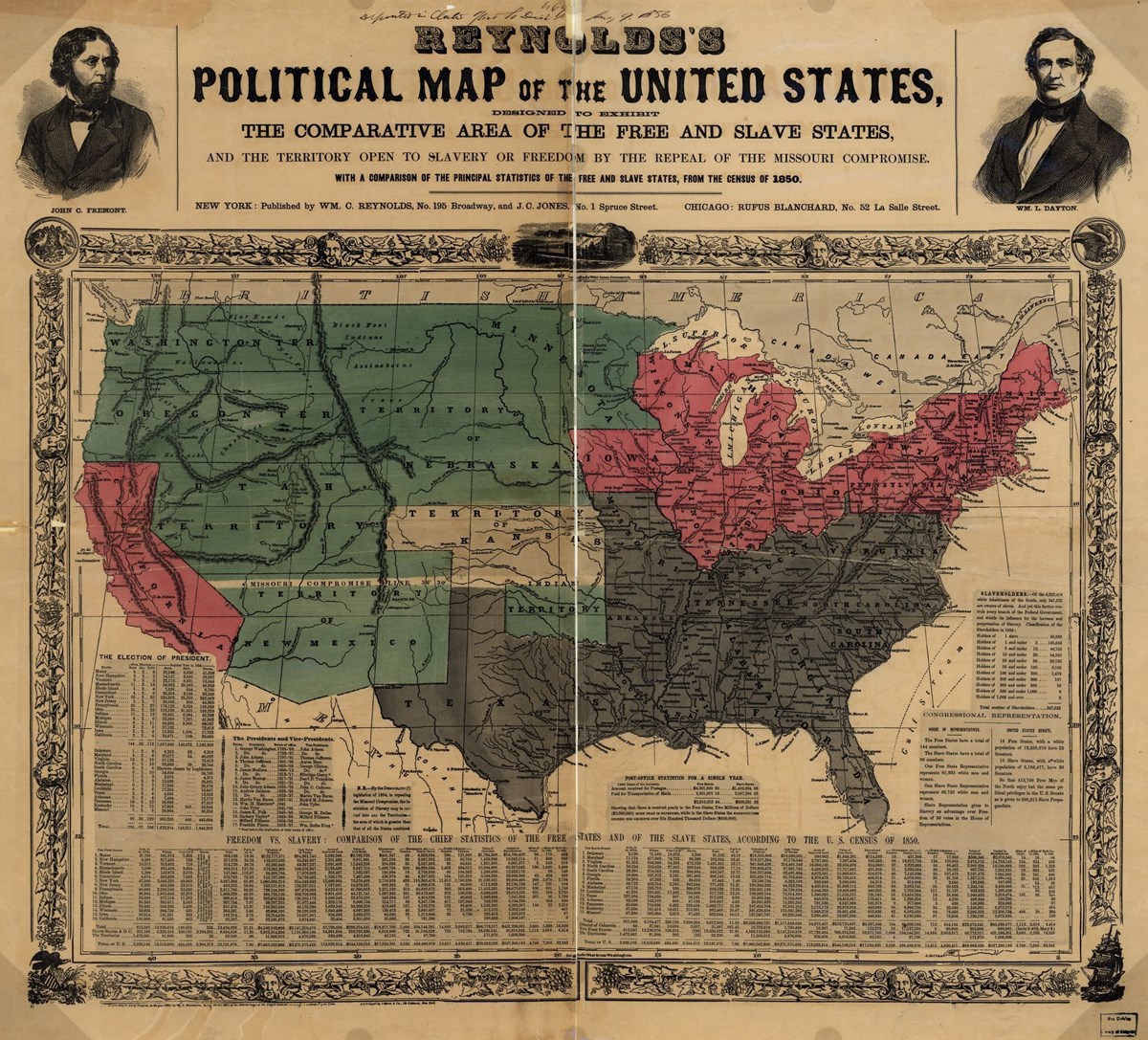
Library of Congress
In the decades preceding 1860, Northerners increasingly supported the right of farmers and workers to enjoy the fruits of their labor and effort to improve themselves. Slavery did not fit with this view. Many Northerners opposed its presence in the territories, which were viewed every bit the birthright of ambitious, free white men. The proposed access of Missouri equally a slave state in 1820 provoked a national contend over slavery. After much discussion, the 1820 Missouri Compromise was worked out. Under its terms, Maine was admitted as a free state at the aforementioned time that Missouri came in as a slave state, maintaining the balance betwixt slave and free states. Additionally, Congress prohibited slavery in all western territories lying higher up latitude 36° 3o' (the southern boundary of Missouri).
The Missouri Compromise quieted agitation over slavery for only a while. In the 1830s, concerns over the event resurfaced for several reasons. One was the appearance in the North of a tiny number of very persistent agitators calling for the immediate abolitionism of slavery (the abolitionists). Another was the bloody 1831 Nat Turner slave rebellion in Virginia. White Southerners believed Northern abolitionists encouraged slave revolts, while Southern efforts to silence the abolitionists aroused Northern fears about liberty of speech.
Afterwards, U.S. victory in the Mexican War of 1846–1848 brought the nation vast new acreage in the West. Over again, the status of slavery in the territories became a hot issue. A new agreement, the Compromise of 1850, was required when the California Territory sought to join the Union. Aspects of the compromise included 1) access of California as a complimentary stat 2) a stronger fugitive slave law; iii) assurance that Congress would not interfere with the interstate traffic in slaves in the South; and four) prohibition of the slave trade in the District o Columbia. The compromise left open the condition of slavery in the other areas won from Mexico. Then, in 1854, the Kansas– Nebraska Human action effectively repealed the Missouri Compromise, causing more violent disputes over slavery. Pro– and anti– slavery factions turned the Kansas Territory into a bloody battlefield.
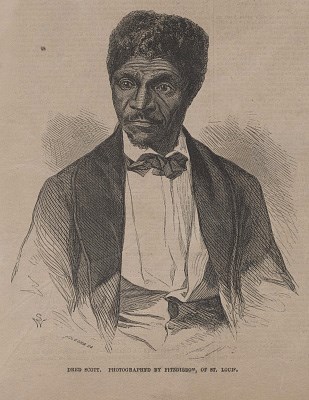
Library of Congress
By and large as a consequence of tensions over slavery, a new party, the Republicans, arose in the North in the 1850s. The Republicans made prohibition of slavery in the territories their chief issue. The party was the first in the nation's history to describe its support from 1 section only. Inevitably, the party aroused deep anger in the South. Attitudes in the two sections of the nation connected to harden in the late 1850s. In 1857, the U.Due south. Supreme Courtroom in the Dred Scott decision ruled that Americans of African descent were not U.S. citizens. A failed endeavour to kickoff a slave uprising in Virginia past abolitionist John Brown in 1859 spread fright and distress across the South.
The presidential election of 1860 was fought entirely along sectional lines. The Democratic Political party finally splintered over slavery, with the party fielding 2 candidates. The Republicans nominated Abraham Lincoln of Illinois. His platform included government back up of road and harbor projects and college tariffs (import taxes) to protect American manufacture, in addition to keeping slavery out of the territories. Lincoln won the election by sweeping the Northern states, while declining to gain a single balloter vote in the Deep S. Spurred past South Carolina, usa of the Deep S decided that limitation of slavery in the territories was the first footstep toward a total abolition of slavery.
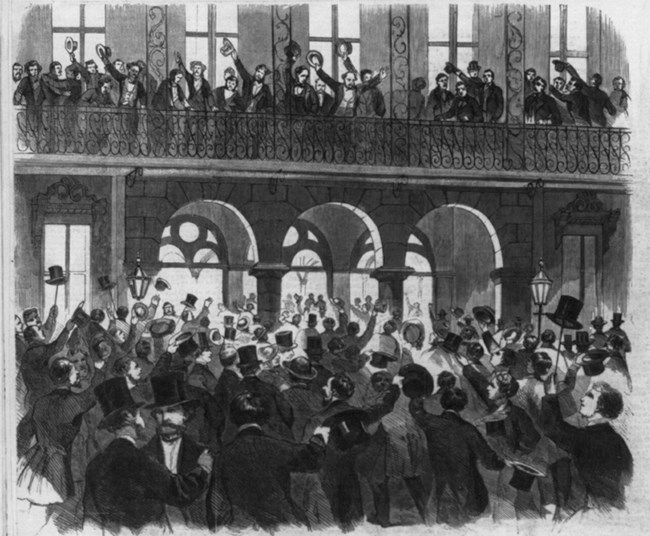
Library of Congress
Ane by one, vii states — South Caroline, Mississippi, Florida, Georgia, Alabama, Louisiana, and Texas – left the Union. Lincoln hoped desperately to maintain the Spousal relationship without war. When he decided to resupply the U.S. regular army at Fort Sumter in Charleston Harbor, Amalgamated forces fired on the fort. Lincoln so asked for 75,000 volunteers to put down the rebellion. This prompted Virginia, North Carolina, Tennessee, and Arkansas to join the Confederacy. Civil war had come.
There were many sectional differences in 19th–century America. Differences over slavery were the only ones that could not be settled by peaceful ways. Much testify from that time shows that the secession of 7 Deep Southward states was caused more often than not past concerns over the futurity of slavery. When Mississippi seceded, she published a "Declaration of the Firsthand Causes which Include and Justify the Secession of the State of Mississippi from the Federal Union." Information technology stated:
"Our position is thoroughly identified with the establishment of slavery... Utter subjugation awaits u.s.a. in the Union, if we should consent longer to remain It is non a matter of option, but of necessity. We must either submit to deposition, and to the loss of property worth iv billions of money [the estimated full market place value of slaves], or we must secede from the Union framed past our fathers, to secure this also as every other species of holding."
Slavery, Lincoln, and the Civil War
Source: https://www.nps.gov/liho/learn/historyculture/slavery-cause-civil-war.htm
0 Response to "How Did the South Grow a Reason for Slaves Again"
Post a Comment